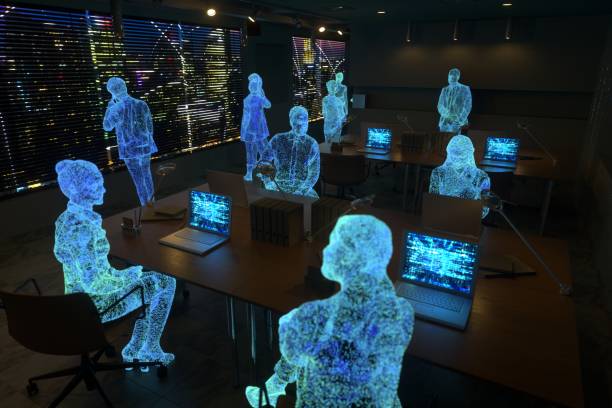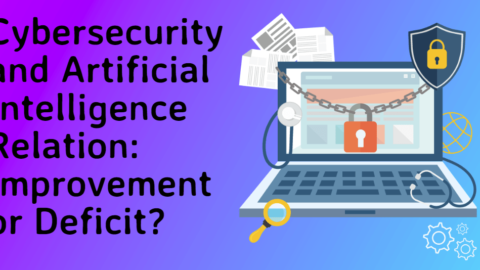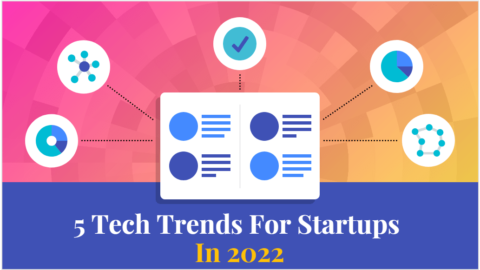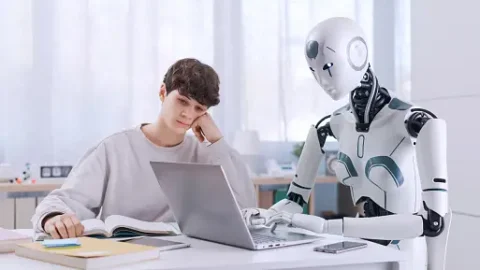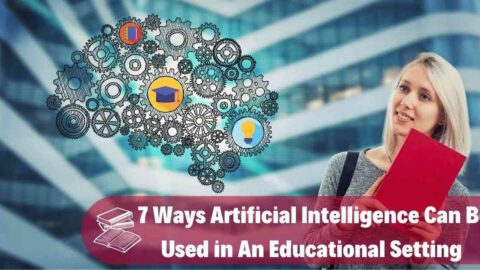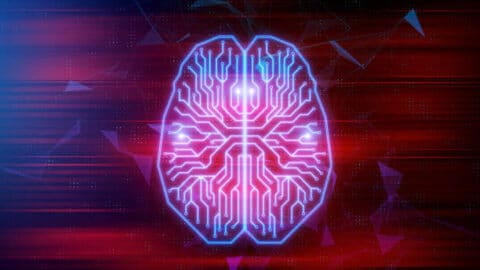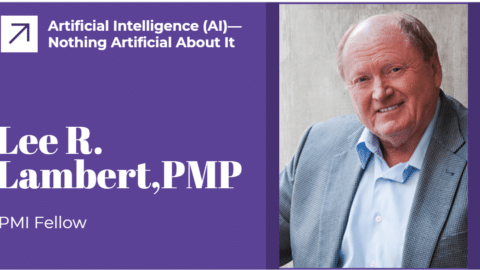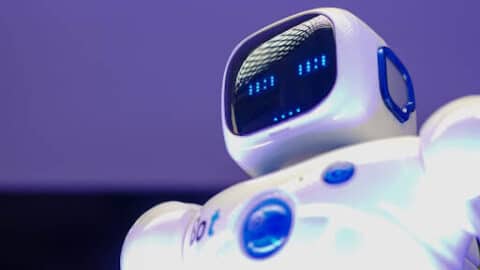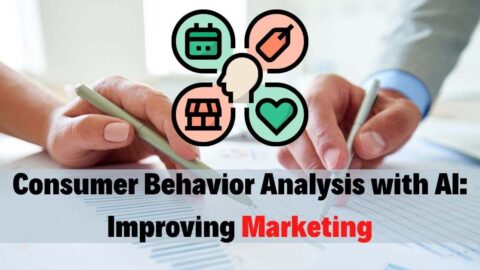The Future of Visual Marketing: Exploring the Role of AI in Image Creation
There’s no doubt that artificial intelligence (AI) has revolutionized the marketing industry, and it’s more recent invention, AI image generation, is already making a splash. While the potential for AI-generated images is vast, what can we expect to see in the field within the next decade?
Table of Contents
The Present: AI-Generated Images in Marketing
Professionals looking to build a career in AI are witnessing the merger of multiple industries. AI technicians can already create AI image generators that produce realistic and diverse images. These can be used to fit a business’s brand, message, values, or virtually anything else.
In present, AI-generated images are cost-effective, time-saving, and easy to use, but there are serious ethical implications. These generators have already led to lost jobs and projects.
When it comes to using AI for your business, there isn’t a right or wrong answer. With that said all businesses should consider if AI-generated images are the right choice for their strategies.
The Growth Potential of AI-Generated Images
AI is evolving so quickly that it’s hard to keep track of everything it can do. In the future, AI-generated images will likely be used for all sorts of internet content, and they will be able to be made to fit specific marketing segments. It can do this and more at break-neck speeds.
But to understand what the future of AI-generated images might look like, we have to consider our current social climate and technology. With that said, there’s a high possibility of error.
Advantages of AI and Their Future Impact
The advantages of AI will continue to increase. As technology improves, businesses won’t have to hire a designer or photographer to produce something unique. AI technology may even be better than humans when it comes to creating campaigns for very specific segments.
Picsart, an AI image generator, is already capable of bridging the gap between different cultures and languages through the visuals it creates. In the future, users will be able to put complicated prompts in a generator and get exactly what they want or an image that requires minimal edits.
From increased campaign success to the ability to access personalized visuals, AI-generated images could make certain segments of marketing more accessible to businesses of all sizes.
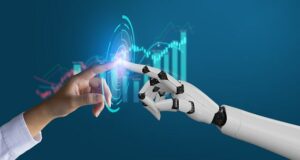
Disadvantages of AI and Their Future Impact
AI, no matter how advantageous it can be for the little guy, almost always benefits large corporations the most. Designers will continue to lose their jobs as businesses take cost-saving measures. There’s already an active movement against art-based AI, which will only get louder.
As AI can’t continue to learn without fresh information, there are serious copyright concerns related to generation software. This has already caused brand confusion, as people have assumed that art made in a specific style was made by a real artist. However, likely, AI-generated images won’t be made illegal unless there’s significant protest.
But copyright concerns aren’t the only problem with AI-generated images. If all AI can do is learn from art that already exists, it can’t technically make its style. That would make internet-locked visuals look very similar to each other, which also causes brand confusion.
There’s also the possibility that consumers will have a negative view of companies that use AI-generation tools. If companies aren’t careful, they could be the target of activist campaigns.
Trends in AI-Generated Image Technology
We can also predict the future by looking at present trends in AI-generated image technology. Right now, we’re seeing focus placed on producing more realistic images. The AI image selfie trend is evidence that programs can map a person’s features and make a realistic drawing.
Another important trend includes maximizing speed. While it can take an actual artist a few hours, days, or weeks to produce a finished image, many tools can reveal a finished design in minutes. However, we see that abstract drawings aren’t easy for AI generators to make. This may be because abstract art is difficult for computers to understand and replicate.
AI-generated image technology has advanced rapidly in recent years, fueled by breakthroughs in deep learning and computer vision algorithms. Some of the trends we’re seeing in this space include:
- GANs (Generative Adversarial Networks): GANs are a type of neural network that can create new images from scratch by learning to generate realistic images that mimic the patterns observed in a training dataset.
- Style Transfer: Style transfer involves applying the artistic style of one image to another image. This technique can be used to generate unique and creative images that combine different styles.
- Super Resolution: Super resolution is a technique used to increase the resolution of an image without losing quality. AI-powered super resolution algorithms can generate high-quality images with finer details than the original low-resolution images.
- Deepfakes: Deepfakes use AI algorithms to swap faces or manipulate videos to create fake footage that looks real. While this technology has been used for entertainment purposes, it raises concerns about the potential misuse for harmful purposes.
- Image Editing: AI-powered image editing tools can automate time-consuming tasks like background removal, object recognition, and color correction. These tools can help artists and designers work more efficiently and produce higher-quality output.
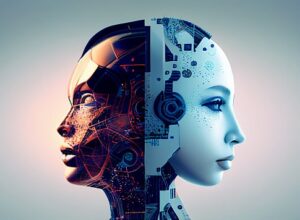
Potential Future Developments in Marketing
Now that we have an idea of where AI image generation is headed, we can start bringing everything together. On the positive end, AI-generated images will bring forth lower marketing costs, a bigger pool of customized visuals, and time saved between campaigns.
On the other hand, these benefits may be eclipsed by the public’s reception of AI art. The same thing that happened to NFTs could happen to AI art. It’s already impossible for video game companies to release their NFTs without negative press coverage. And since AI art can’t get better without new art, it may be easy for consumers to know if the art is AI-based.
Only the future will reveal if AI art will experience the same fate. If companies want to improve public opinion of AI image generation, they’ll need to start that campaign as soon as possible.
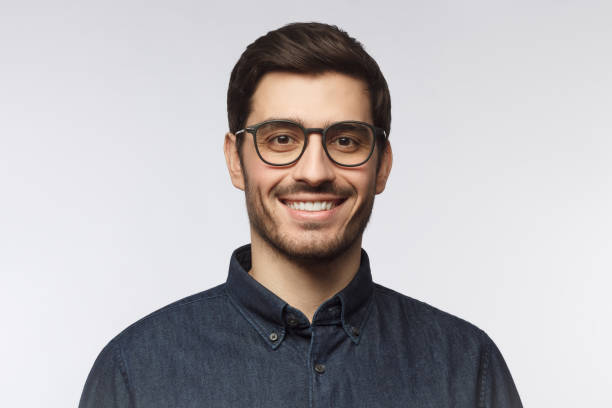
11+ years strategic communications, marketing, and project management experience. I am a trainer at StarWood Training Institute, focusing on online courses for project management professionals.

